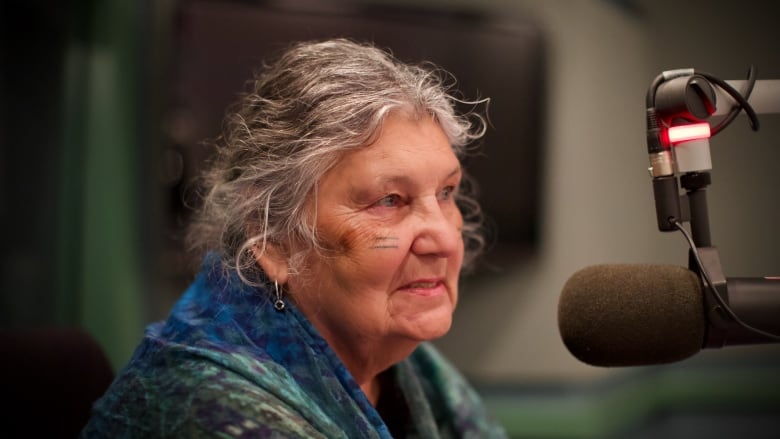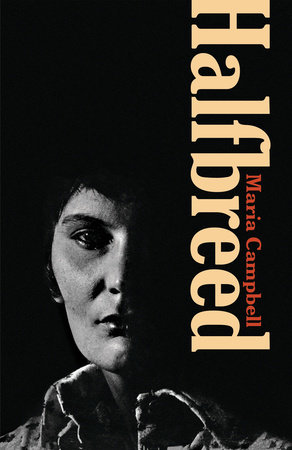Contours of a People: Metis Family, Mobility, and History ed. by Nicole St-Onge, Carolyn Podruchny, and Brenda MacDougall (review) [Haggarty]
The Canadian Historical Review
Volume 95, Number 3, September 2014
pages 463-465
DOI: 10.1353/can.2014.0057
Liam Haggarty
Mount Royal University, Calgary, Alberta, Canada
St-Onge, Nicole, Carolyn Podruchny, and Brenda Macdougall (eds.), Maria Campbell (fore.), Contours of a People: Metis Family, Mobility, and History (Norman: University of Oklahoma Press, 2012).
Reflecting on the state of Metis scholarship in Canada, Maria Campbell writes, “It is crucial for us to research and document our own stories and to share and discuss them at a community level. To celebrate them is a part of our decolonizing” (xxv ). That lofty goal is shared by the editors of and contributors to this collection, which both celebrates the work of pioneers in the field, specifically Jacqueline Peterson and Jennifer S.H. Brown, and charts new paths of study. Although firmly rooted in the Western scholarly tradition, it seeks to focus greater attention on family, mobility, and connectedness – themes that will resonate in Metis communities beyond the walls of academia.
In addition to Campbell’s thoughtful foreword, the collection consists of an introduction and fourteen chapters that encompass a wide range of geographies (from the Great Lakes to British Columbia, from Wisconsin to Creole communities in Alaska), timeframes (from the eighteenth century through to the present day), and topics and methodologies (including women’s history, legal history, biography, discourse analysis, and historical geography). By and large, these chapters address ongoing areas of research and familiar questions in the field pertaining to ethnogenesis, cultural distinctiveness, homelands, key events, regional diversity, politicization, and identity. In so doing, they add significantly to the breadth, depth, and texture of Metis historiography and fulfill the editors’ mandate: to trace the contours of Metis peoples and communities, what binds them together, what separates them from others, and what it means to be Metis in specific places, times, and contexts.
Some contributors simultaneously push the boundaries of conventional Metis historiography by adopting innovative approaches that challenge basic assumptions about Metis histories and the lenses through which Metis cultures are often viewed. Historians Nicole St-Onge and Carolyn Podruchny, for example, problematize simplistic interpretations of Metis ethnogenesis by investigating the significance and meaning of “material and emotional ties of kinship and loyalty” (63) to Metis culture and lifeways. Similarly, historical geographer Philip D. Wolfart challenges us to view Metis ethnogenesis and identity aspatially, as concepts bounded not by places visited or land used but by “a system of social obligation and fealty” (121) based on one’s social networks and relationships, while historical and cultural geographer Etienne Rivard asks us to consider the influence that “oral geographies” (144) have had on Metis constructions of identity and senses of place. In the book’s penultimate chapter, Native studies scholar Chris Anderson surveys the challenges associated with translating nuanced interpretations of Metis mobility, communities, and identity into the juridical arena of the Canadian legal system, arguing that although the courts acknowledge the importance of mobility to Metis culture, “older settlement-based understandings” continue to carry greater weight (412–13). Lastly, Native studies scholar Brenda Macdougall explores the concept of ambivalence not only in the formation of Metis identities but also as a trend in Metis historiography that potentially obscures complicated and multifaceted expressions of biculturality, thereby perpetuating simplistic binary understandings of individual and collective identities. By thus situating family, mobility, and connectedness at the centre of Metis culture, these chapters de-centre Euro-centric frameworks of analysis and ways of knowing, and privilege Metis perspectives on the past and present.
These nuanced and innovative analyses also raise important questions that remain underrepresented in Metis historiography. The collective identities informed by ideas of mobility, family, and historical consciousness, for example, are about exclusion as well as inclusion. Who, then, is being left out of Metis communities through ethnogenesis and identity making? To what extent do gender and class relations, as well as other markers of difference, intersect Metisness? How have Metis identities been instrumentalized to exclude as well as include certain individuals and groups? These questions may lie largely beyond the scope of the text but they are nonetheless important to the type of decolonized scholarship Campbell calls for. Understanding the contours of a people requires us to engage both external and internal relations of power.
As a whole, this collection represents a valuable addition to Metis and Aboriginal historiography, and it is a fitting tribute to Peterson, Brown, and other pioneers in the field. By surveying a broad geographic area and covering a wide range of topics…




